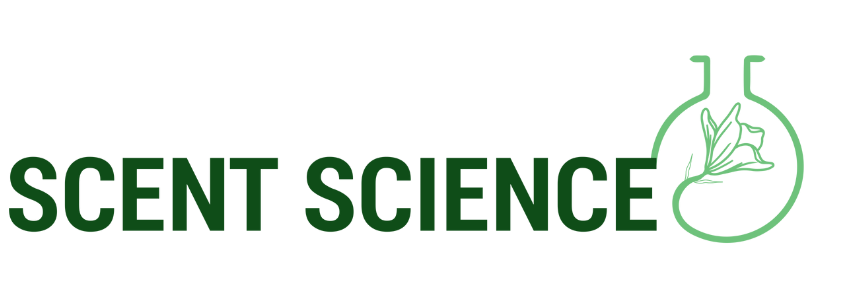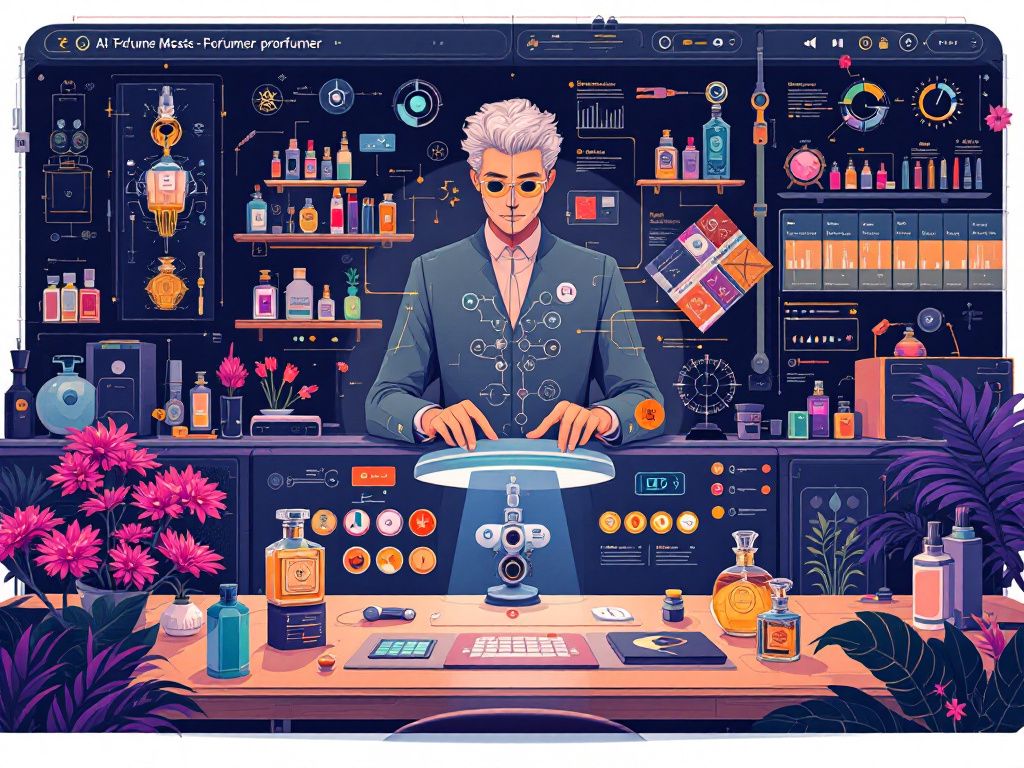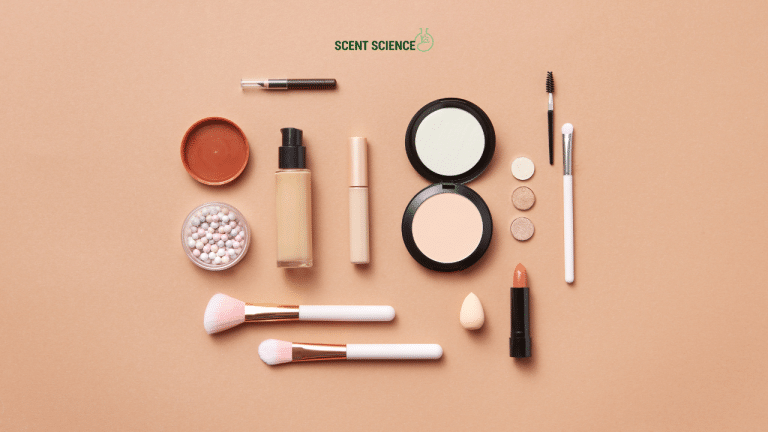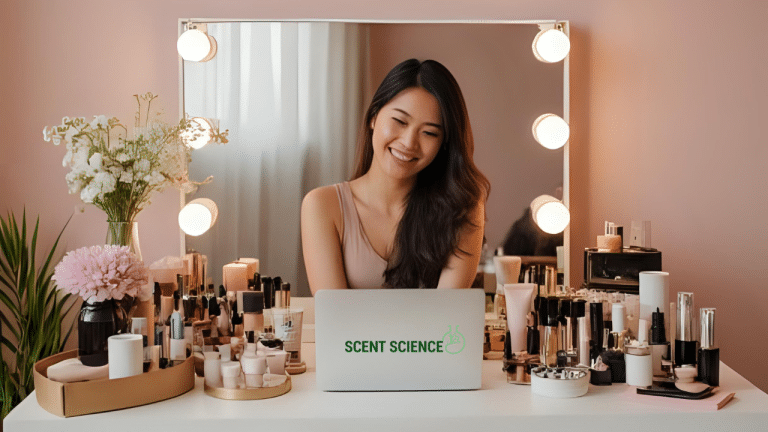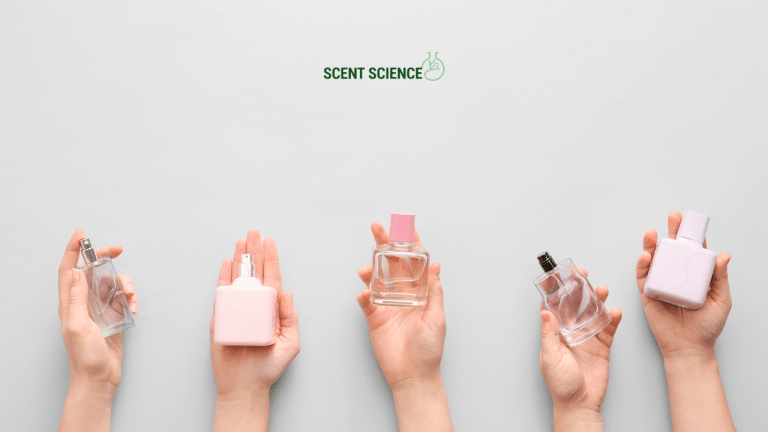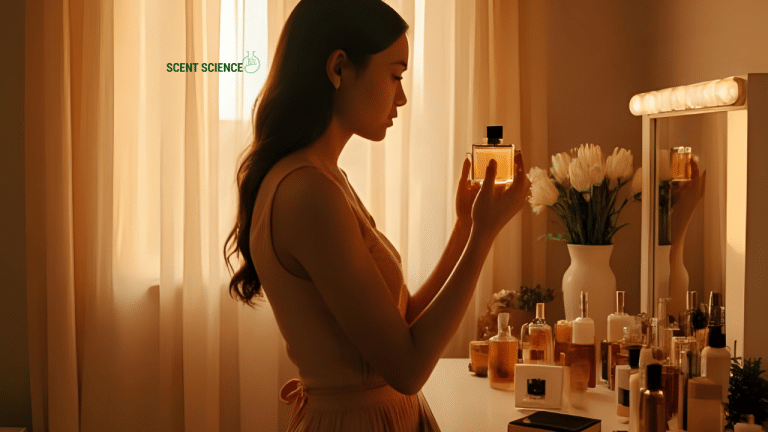In an era where artificial intelligence (AI) is rapidly redefining countless industries, the fragrance industry stands as a potent symbol of innovative transformation. The relationship between scent and technology might seem like an unlikely pairing at first, but AI’s entwinement with fragrance creation transcends the surface of technological novelty—it’s reshaping the very foundation of scent development. This technical guide aims to demystify the dynamics of AI in fragrance development by diving into the mechanisms, applications, and future pathways of AI-driven innovations in this unique field.
Table of Contents
ToggleThe Evolution of Fragrance Development
Historically, fragrance creation relied heavily on the intuition and experience of expert perfumers. These “noses,” as they are fondly called, used their remarkable sensory skills coupled with iterative botanical explorations to craft compelling perfumes. While this artisanal approach is unmatched in its artistry, it is also fraught with subjectivity and limitations in scale. However, AI is systematically infusing objectivity, scalability, and precision in fragrance development, crafting scent algorithms that drastically enhance possibilities.
Unveiling AI’s Role in Scent Creation
AI in fragrance development involves analyzing large data sets of scent compounds and human preferences to predict and create new fragrance formulas. This interaction between technology innovations and traditional craftsmanship leads to unique outcomes previously thought out of reach. Let’s delve into how exactly AI makes this transformative leap possible, especially in areas such as AI perfume creation where algorithms collaborate with perfumers.
1. Data-Driven Scent Profiling
The cornerstone of AI’s foray into fragrance development is data. By leveraging large amounts of data on raw fragrance materials, consumer preferences, and scent structures, AI algorithms can predict how combinations will be perceived by human olfactory senses 🎨. Tools such as machine learning (ML) enable this digital leap:
- Spectroscopy Data Analysis: AI tools analyze spectroscopic data from aromatic compounds, identifying new ways to blend them based on their molecular structures (Mondal & Sangwan, 2021).
- Predictive Consumer Preference Models: AI uses historical consumer data studies to forecast individual scent proclivities, allowing for bespoke fragrance solutions (Research by Luther-Maier et al., 2020).
2. Algorithm-Driven Composition

Scent algorithms have become the backbone of AI applications in fragrance. These algorithms digest vast consumer feedback and sensory data to derive new combinations that satisfy complex scent profiles. Such compositions would take significant time for a human perfumer to achieve:
- GAN-Based Synthesis: Generative Adversarial Networks (GANs) enable creation of novel fragrances by pitting one network against another, refining outputs until the most appealing composition is attained (Brha & Ettihir, 2022).
- Numerical Modelling: Predictive modelling computes molecular behavior—tracking how scents evaporate, their interactions with skin chemistry, and perceived experience over time.
3. Enhanced Experimentation and Innovation
AI revolutionizes the experimental phase of fragrance development by facilitating rapid and more diverse product testing. For instance, the integration of bioengineering and AI has led to breakthroughs in bioengineered fragrance ingredients, opening new avenues for innovation:
- Virtual Testing Environments: By simulating olfactory sciences, AI can conduct thousands of virtual experiments in a Shapley-based suite, reducing costs and refining probable success recipes without physical sample creation.
- Biohybrid Synthesis: Integrating AI with biotechnology supports new scent compound development, providing unexplored synthetic alternatives through bioengineering pathways—vastly expanding what can be synthesized economically (Du et al., 2022).
Case Studies: The Successful Integration of AI in the Industry
Example 1: IBM’s Philyra
In collaboration with Symrise, IBM developed Philyra, an AI capable of formulating novel fragrances by analyzing consumer feedback, fragrance formulas, and extensive data repositories on synthetic and natural raw materials. Utilizing ML, Philyra can assess what sensory outcomes a target demographic prefers, thereby accurately manifesting those into experimentally verifiable prototypes. This is a prime example of how viral scent hacks are rooted in fragrance science, showing AI’s profound impact.

Example 2: Firmenich’s Digital Discovery
Swiss company Firmenich has developed AI systems that coalesce consumer analytics with lab-generated scents. AI scrutinizes past failed and successful compositions, continuously learning to display time-effective experiments in the digital lab space. This evolution in fragrance development is pioneering for firms seeking speed in research and execution. Another exciting domain is the rise of mood-based fragrances, where AI analyzes emotional responses to tailor scents that enhance well-being.
Practical Tips and Industry Insights
For professionals venturing into AI-enhanced fragrance development, these insights provide guidance on obtaining the best outcomes:
- Leverage Collaborative Platforms: By engaging with AI innovation ecosystems, corporations can maximize software and data accessibility without substantial infrastructure investments. Programs akin to the Scentmaker’s Co-Lab foster inter-disciplinary exchange, crucial for innovation.
- Data Quality is Imperative: Success in AI prediction aligns directly with the quality and diversity of data. Data sets should note consumer hormonal variations, differing cultural scent preferences, and temporal factors affecting smell perception.
- Continuous Feedback Mechanisms: AI effectiveness enhances with continuous real-world sampling and feedback integration. Engage end-users in beta scent experiences to refine AI formulations and tailgate irresistible signatures.
Future Horizons for AI in Fragrance
The successful marriage of AI-led initiatives will, in the foreseeable future, transform not only how perfumes are created, but also their role in personalized categories of health and wellness, environmental conservation, and therapeutic or behavioral interventions. As unsustainable practices phase out, sustainable alternative explorations facilitated by AI are more than a technological trend—they are the future roadmap of fragrance design. Moreover, AI advancements are paving the way for personalized scents tailored to individual preferences, revolutionizing how consumers experience and choose fragrances.
Standards and Best Practices

To harmonize innovations with industry norms, engaging with standard-setting bodies ensures compliance and entrenchment of new advancements. Key considerations include:
- ISO Olfactory Standards: Adherence to ISO prescriptions regarding scent analysis and essential oils consensus.
- AI Ethics in Development: Following industry ethical guidelines as per IEEE’s AI-integrated technological implementations, assuring responsible development and consumers’ privacy safeguards.
Integrating these best practices assures businesses that explore AI developments sync with globally recognized standards, imbibing reliability and quality in product releases.
Conclusion
The advent of AI in fragrance development signifies more than a shift in technique—it exemplifies the reimagining of scent creation through the symbiosis of human creativity and machine intelligence. As technology propels this marriage forward, AI promises a new epoch where fragrance offers not only aesthetic delight but personalized, sustainable, and culturally uniquely significant sensory experiences. With continuous developments and compelling case studies at our disposal, it’s clear that AI is crafting the olfactory canvas of our future—one characteristic aroma at a time. 🚀
By adopting an interdisciplinary approach bolstered by AI innovations, the fragrance industry is on the brink of a sensory renaissance—one informed by precision, preference, and boundless potential.
Frequently Asked Questions
What are the benefits of using a hair mask in my hair care routine?
Using a hair mask can provide several benefits, including hydration, smoothing, strengthening, curl definition, heat protection, and damage repair. Hair masks infuse the hair with moisture, help coat the hair shaft to seal split ends, reduce breakage, and protect the hair from heat styling and environmental damage.
What ingredients should I look for in a hair mask?
Effective hair masks often include ingredients such as coconut oil, argan oil, shea butter, honey, avocado oil, green tea, and coconut water. These ingredients provide nourishment, moisturize, and protect the hair, offering benefits like softening, moisturizing, and protecting against damage.
How often should I use a hair mask in my routine?
You should use a hair mask whenever your hair feels dry, unmanageable, or in need of intense hydration. This can vary depending on your hair type and needs, but generally, using a hair mask once or twice a week can help maintain healthy and moisturized hair.
How do I apply a hair mask for the best results?
To apply a hair mask effectively, shampoo your hair first, then apply the mask, focusing especially on the ends where hair tends to be the most damaged. Leave the mask on for anywhere from 10 minutes to overnight, depending on the type of mask and your hair’s needs.
References